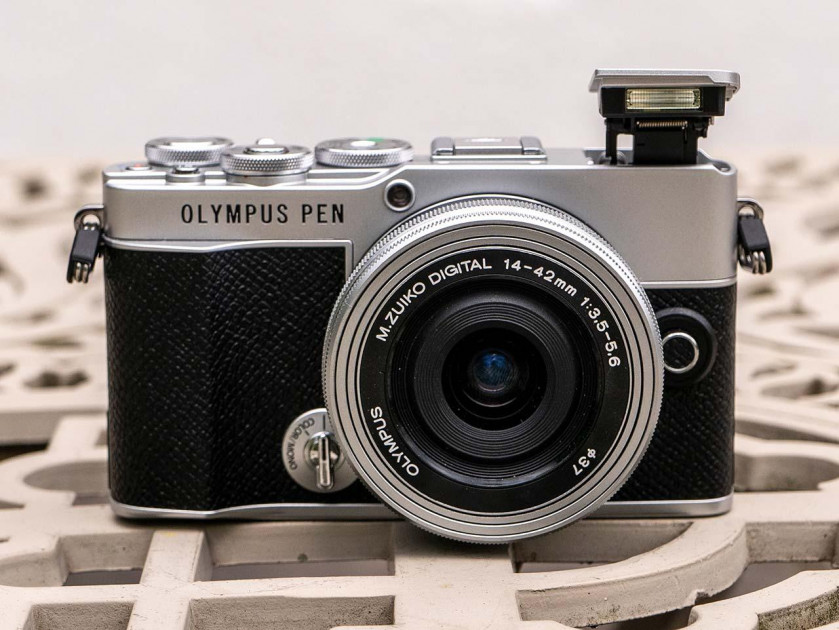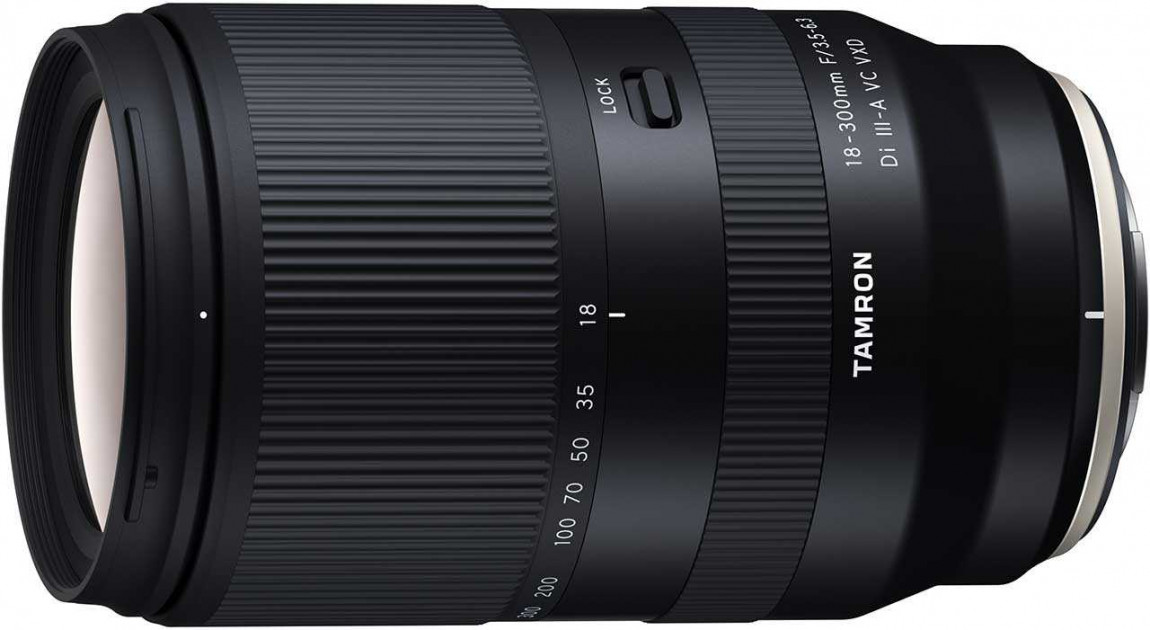As quiet slowly settles over the city, Joep Hijwegen and his Leica SL head out in search of the best motifs. Night after night, he wanders the streets of Utrecht and Amsterdam, driven by his instincts and a particular sense of aesthetics. Over time, he developed a unique narrative to tell the story of a neon-lit city that has come to a standstill, and where the ordinary has suddenly become magical.
You seem to love roaming cities after sunset. What fascinates you about being in the dark, and playing with artificial light?
I’m drawn to both the aesthetics and the atmosphere of the night. Perhaps most importantly though, it forces a different way of seeing that is more dreamlike. Compared to the daytime, everything is simultaneously more focused and more in flux. The lack of natural, constant light means that there’s a limitation to what you experience at the same time, with particular situations and scenes jumping out more strongly than others. At the same time, light is constantly in motion and every second is different. The result is that the night appears like a cinematic dream to me.
Was there an initial idea behind this project, or do you just enjoy capturing the things you see in your very own way?
My latest book and project, Blue Hours, was the first time I really worked on a project rather than just one image at a time. That said, it still was not spawned by an initial idea that was set out in advance. The combination of a lockdown and a breakup simply changed something in my mind, that I then saw reflected in my images. Once I noticed the pattern of more natural shapes and less people appearing, I realized this was something I was living and a way of seeing that would not last forever; so I decided to jump on it and follow that instinct.
What catches your eye when you’re on the street? Do you have any favourite subjects or places?
Anything that makes me stop and raise a camera, which is more and more the longer I photograph. I used to be primarily interested in people and nostalgic elements, but in this series they are gone and new things, like trees and stop signs, suddenly make an appearance. This was also surprising to me, as I used to detest them and worked quite hard to keep them out of my photographs. Then as I kept progressing in the work, I started to realize why I suddenly loved them. I am drawn to aesthetics, but the aesthetics also must carry some symbolic weight.
There are hardly any people in your photographs. What role did the lockdown play during your work on this project?
In terms of physical surroundings, I could have theoretically done the same work outside the lockdown, as the areas where I shot were mostly deserted even before the lockdown. However, without the lockdown I would have never been drawn to these areas or to these photographs. The lockdown defined my state of mind, and my desire was to capture this feeling – and to capture the city as a deserted wasteland.
The melancholy, surrealism and also playful aesthetics of your images are captivating. Which are the biggest influences on your photography?
Most of my visual influences lie outside of photography, in expressionist and impressionist painting and in the science fiction movies of the late 20th century. The former influences me in how I think about texture and colour composition. To me a photo should still work even if you were to fully blur it out and put it upside down. I want the ‘fields’ of colour and light to feel good instinctively. The latter is an inspiration both for subject matter and general aesthetics. There is something about the highly stylized worlds of, for example, cyberpunk: in a way, it’s pop culture and commercial imagery taken to such an extreme that it becomes artistic. Those movies show that by doubling down on the most excessive parts of mainstream visual culture, you can say something about our society’s obsessions and vices, and I think that’s something that motivates me as well.
At what point in your life did you start with photography, and how has your passion developed over time?
Photography for me was born as a form of therapy: my first images were taken as a sort of visual diary, reminding me where I had been and what I’d done, to overcome a deadly fear of fading away. I quickly discovered photography’s biggest therapeutic power lay in the creation of something new out of existing situations. As soon as I pressed that shutter, I didn’t just capture a state of the world, I had just created a new one. This ability of photography to change reality in a way that it becomes ours, is still my biggest inspiration and drive. I want to express how I experience the world, by capturing it not to show what’s really happening, but what narratives I see.
You always seem to balance carefully between formal aesthetics and moods. What is more important for you? Is there something you want to evoke in the viewer?
I see them as deeply complementary and equally essential. The most interesting situation in bad light will still make for a bad photograph – at least in my view. For me, something can only make an impression if it is aesthetically beautiful, and, no matter how important the subject, I am only interested in it when I can order it in a way that feels good to me. This is also because of my goal in photography: to show the power of the subjective. For me photography is about finding meaning and order in a world that seems random, and I hope to inspire others to do the same.
How did you get into the world of Leica cameras?
My first camera was a small polaroid and a cheap, no-name rangefinder. Later, I bought an M3 as a ‘therapeutic’ camera to use whenever I had a digital burnout. I loved the way it looked, felt and the rangefinder experience, and soon realized I wanted to have some digital equivalent to it. I spent a while trying out different things to see what I needed and, ultimately, landed on the SL typ 601 for the most precise work that requires an EVF, and the M9-P for a looser and more spontaneous feel. Combined with the M3 and an R4, I have digital and film workflows that are similar enough so that I don’t have to modify my shooting behaviour.
You shot this project with the Leica SL. In which way did the camera help to accomplish your goals?
I think the EVF has had the most positive influence. I have always been a manual-focus-only photographer, preferring vintage lenses for both their rendering and feel. But with previous cameras I had some unpleasant surprises once I saw my pictures on a big screen, but with the massive EVF what I see is always what I get. It also helps that it naturally shows a colour grade that I really like, which means I see more potential in scenes I’d otherwise perhaps find boring. The camera is also incredibly zen: it has a lot of customizability but very few buttons, meaning you can set it once to do everything you need it to do, and basically never have to think about it again afterwards. This is great, as I find the less you have to think while taking photographs, the more you can let instinct guide you.
Do you have any particular photographic approach when shooting projects?
For this particular project, time and location were very important. I only started shooting from sunset onwards, and only in deserted urban areas. This required some planning and meant I had a brief window to explore every day, often following the sunset. Apart from that there was no real approach, except for letting my eye and gut feeling guide me. The hardest part is to not inhibit that, getting caught up in some idea of what you should be shooting, or placing limits on what is and is not part of the project. Rather, I try to just follow my impulses, taking pictures of whatever appears as beautiful to me.
Joep Hijwegen (1994) is a self-taught, fine art photographer residing in Utrecht, the Netherlands. Born in a rural village, he first picked up a camera while working on a BA in Philosophy in Utrecht. At first only photographing as a form of self-therapy, he became more and more obsessed with the medium as a way of ‘re-framing life’ and supplying it with meaning. He signed up with the Kahmann Gallery in Amsterdam in 2020, and also works on commercial projects through the Underpromise Agency. He has self-published two books, with Blue Hours currently spawning his first solo exhibition at MENDO BOOKS. When he is not out photographing, Joep is usually watching movies, reading books or listening to music. He is particularly passionate about existential philosophy, sci-fi movies, instrumental jazz and hip hop, all of which serve as inspiration for his work. Find out more about his photography on his website and Instagram channel.
Leica SL
Fast. Direct. Mirrorless.










